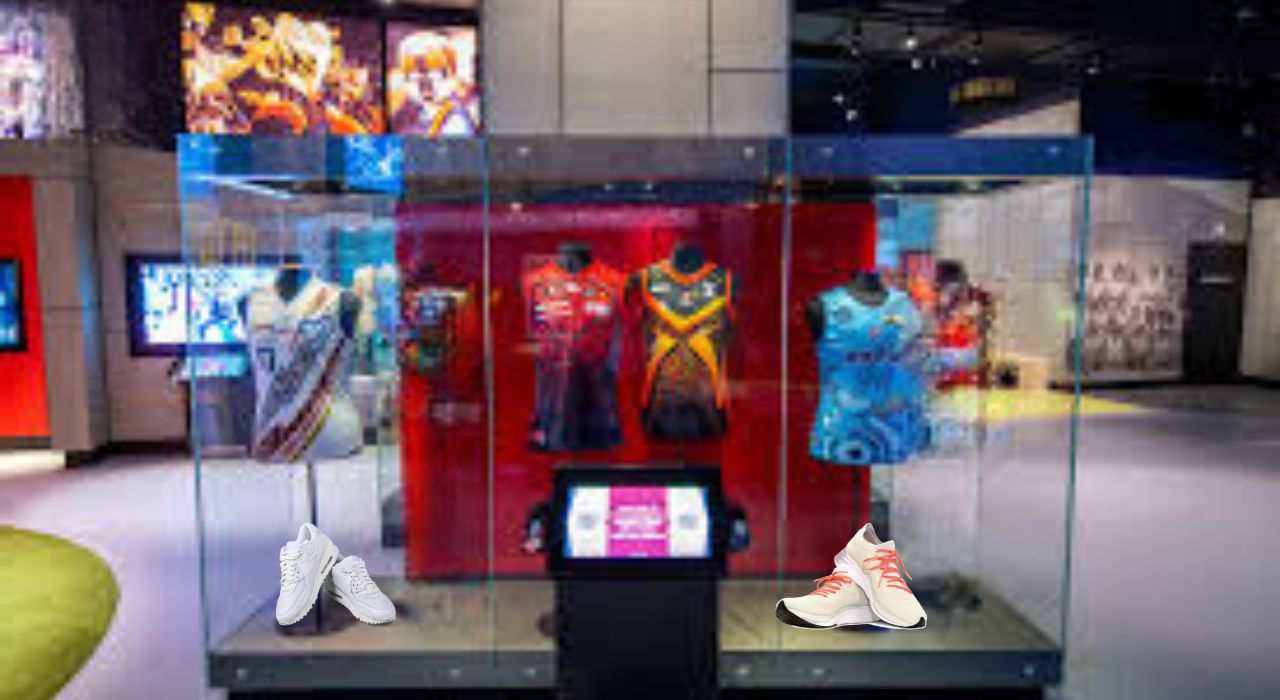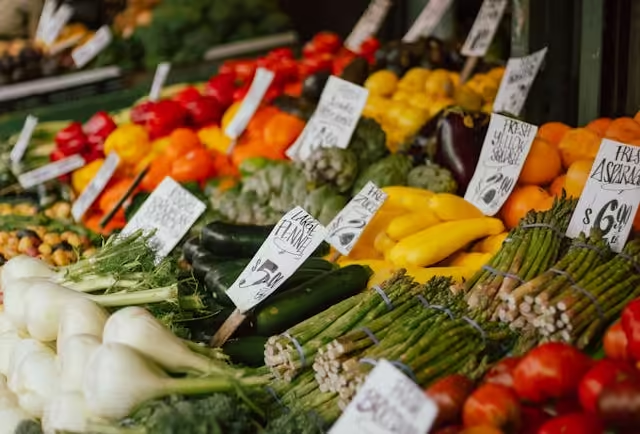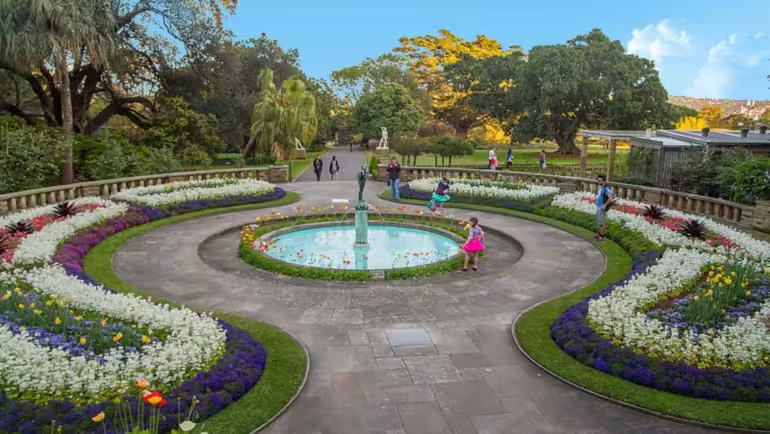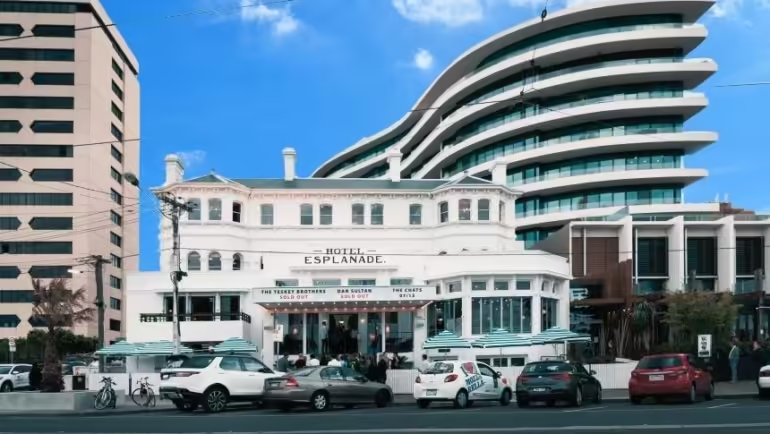Introduction to Melbourne’s Hidden Museums
Introduction to Melbourne’s Hidden Museums Melbourne is a city known for its exciting arts and culture. It has many famous museums that people from all over the world visit. But, there are also smaller, less-known museums that tourists often miss. These hidden museums show interesting parts of Melbourne’s culture.
Delving into Melbourne’s Hidden Museums
You May Also Like
Exploring Melbourne’s Hidden Museums Exploring these hidden museums reveals many unique stories. Unlike big museums, these smaller ones have special collections that focus on specific interests. For example, some have old toys, while others show cool science stuff. These museums capture Melbourne’s creative spirit.
Why Hidden Museums Matter
Why Hidden Museums Matter These hidden museums are important because they tell stories that big museums might overlook. They highlight different histories and voices that help us understand Melbourne’s culture better. Visiting these museums is more than just seeing exhibits; it’s about learning the stories that shaped the community.
Table of Contents
ToggleConnecting More Deeply These small museums offer a chance to connect in ways big museums can’t. Visitors can talk to curators and experts to learn more about the exhibits. This makes the visit more special and helps keep Melbourne’s culture alive.
A Journey of Discovery As we visit some of Melbourne’s most interesting hidden museums, get ready to see fascinating artifacts and hear amazing stories. These hidden gems are not just fun to visit; they are key to understanding Melbourne’s vibrant culture.
A Brief Look at Melbourne’s Hotel History
Melbourne’s history is seen in its hotels, which are sometimes hidden gems. During the gold rush of the 1850s, many hotels were built for people seeking fortune. These hotels were busy places, and some, like the Windsor Hotel, still stand today with their grand facades and fancy interiors.
As time went on, Melbourne’s hotels changed with the city. For example, in the 1920s and 1930s, tall Art Deco buildings became hotels. Recently, old hotels have been updated to mix historic charm with modern comforts. These hotels, along with small museums, add to Melbourne’s rich cultural tapestry.
The Koorie Heritage Trust: Preserving Indigenous Culture
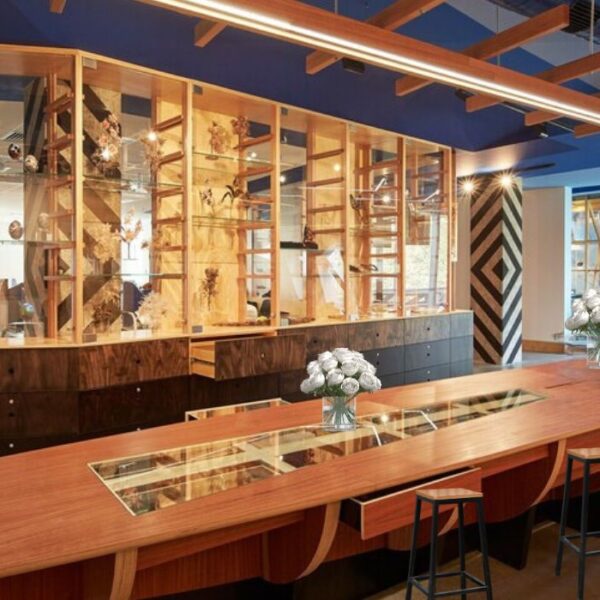
- Brief description: The Koorie Heritage Trust is a museum that shows the history and art of the Aboriginal peoples of southeastern Australia, especially the Koorie people. It has traditional and modern art, old artifacts, and multimedia presentations.
- Location and website address: Federation Square, Melbourne VIC 3000. Koorie Heritage Trust
- Facilities: The museum has accessible restrooms, a small gift shop with Aboriginal art and crafts, and a research library (open by appointment).
- History: The Koorie Heritage Trust was started in 1983 to keep and share Koorie culture and heritage.
- Best for: This museum is great for anyone who wants to learn about Indigenous Australian culture, history, and art. It’s perfect for families, history fans, and people who want to know more about Melbourne’s cultural background.
- Nearby places to visit:
- Australian Centre for the Moving Image (ACMI)
- National Gallery of Victoria
- Federation Square (with free public events and Aboriginal street art)
- Our review: The Koorie Heritage Trust is an amazing place to learn. The mix of traditional and modern art, along with old artifacts, gives a full view of Koorie culture. The friendly staff and interactive exhibits make it a fun and educational experience.
Australian Sports Museum: Celebrating Athletic Achievements
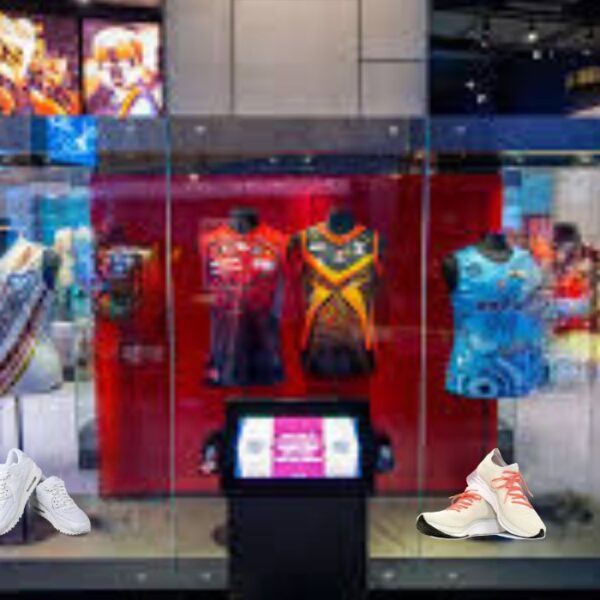
- Brief description: The Australian Sports Museum offers a fun look into Australia’s sports history, with famous athletes and memorabilia.
- Location and website address: Inside the Melbourne Cricket Ground (MCG). Australian Sports Museum
- Facilities: There are many exhibits, interactive sections like “Game On!”, and rooms for hire (if available).
- History: The museum opened in 1986, was refurbished in 2002, and moved to the MCG in 2006.
- Best for: Sports fans, families with kids, and anyone interested in Australian history and culture.
- Nearby places to visit: Melbourne Cricket Ground (MCG), Yarra Park, Royal Botanic Gardens Melbourne.
- Our review: This museum is a must-visit for sports fans. You can see memorabilia up close and try out interactive exhibits. Plus, being inside the MCG adds to the excitement, especially during big sports events.
Museum of Chinese Australian History: A Journey Through Time
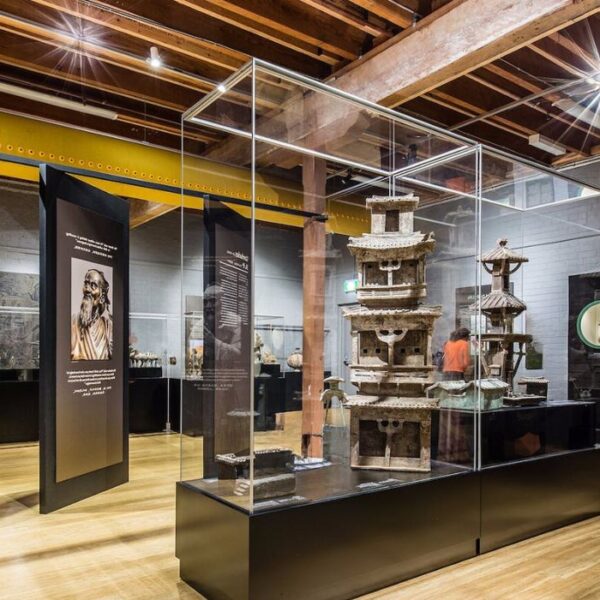
- Brief description: The Museum of Chinese Australian History tells the story of Chinese Australians and their contributions.
- Location and website address: In Melbourne’s Chinatown. [Further research needed for website]
- Facilities: Permanent exhibits, special exhibits that change, and education programs.
- History: Founded in 1985, the museum celebrates and records the history of Chinese Australians.
- Best for: Anyone interested in cultural history, immigration stories, and Melbourne’s diverse communities.
- Nearby places to visit: Chinese New Year celebrations in Chinatown, Queen Victoria Market, Melbourne laneways.
- Our review: This museum offers a touching look into the lives and achievements of Chinese Australians. Its location in Chinatown makes it easy to explore the lively community further.

